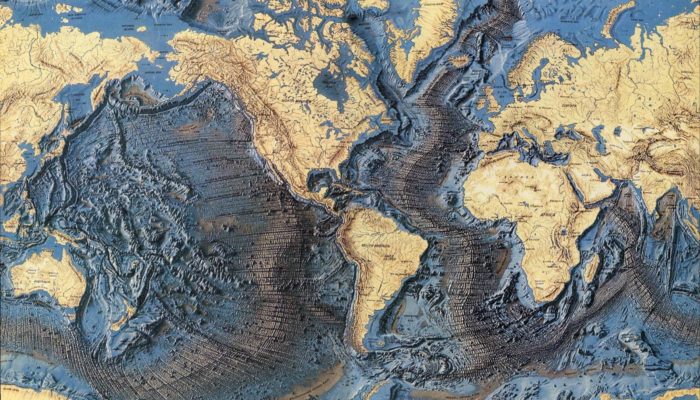Simplified models or toy models explain the complex Earth processes fairly well, even though they are far from reality. In this week’s Geodynamics 101, Adam Beall, Research Associate at Cardiff University, discusses some of his favourite geophysical toy models! I remember being excited to first hear about scientists doing Earth modelling and imagined impressive computer visualisations of tec ...[Read More]
Magnetic field generation and its reversal in dynamo models
Generation and reversal of the Earth’s magnetic field have remained one of the most controversial topics. In this week’s geodynamics 101, Debarshi Majumder, a PhD student from the Indian Institute of Science, gives a brief overview of the theory of geodynamo reversal and discusses some of the preliminary results obtained from numerical modelling. A planetary magnetic reversal is one of ...[Read More]
The boundaries of plate modelling
This weeks post is all about the importance of boundaries. Plate boundaries that is. Jean-Christophe Wrobel-Daveau and Graeme Nicoll tell us why we should care where plate boundaries are and how they evolve through time, when attempting to reconstruct past plate motions. Global plate tectonic models are an incredible way to synthesise geological knowledge to gain both direct and indirect insight i ...[Read More]
Modelling the deformation in the Indian plate and the India-Eurasia collision zone
A complete fluid dynamical approach of modeling the Earth’s deformation can not provide a complete picture due to presence of rigid lithospheric plates. In this week’s news and views, Srishti Singh, scientist at National Geophysical Research Institute, India, explains how coupled models of lithosphere dynamics and mantle convection are developed. The ongoing collision of the Indian plate wi ...[Read More]




